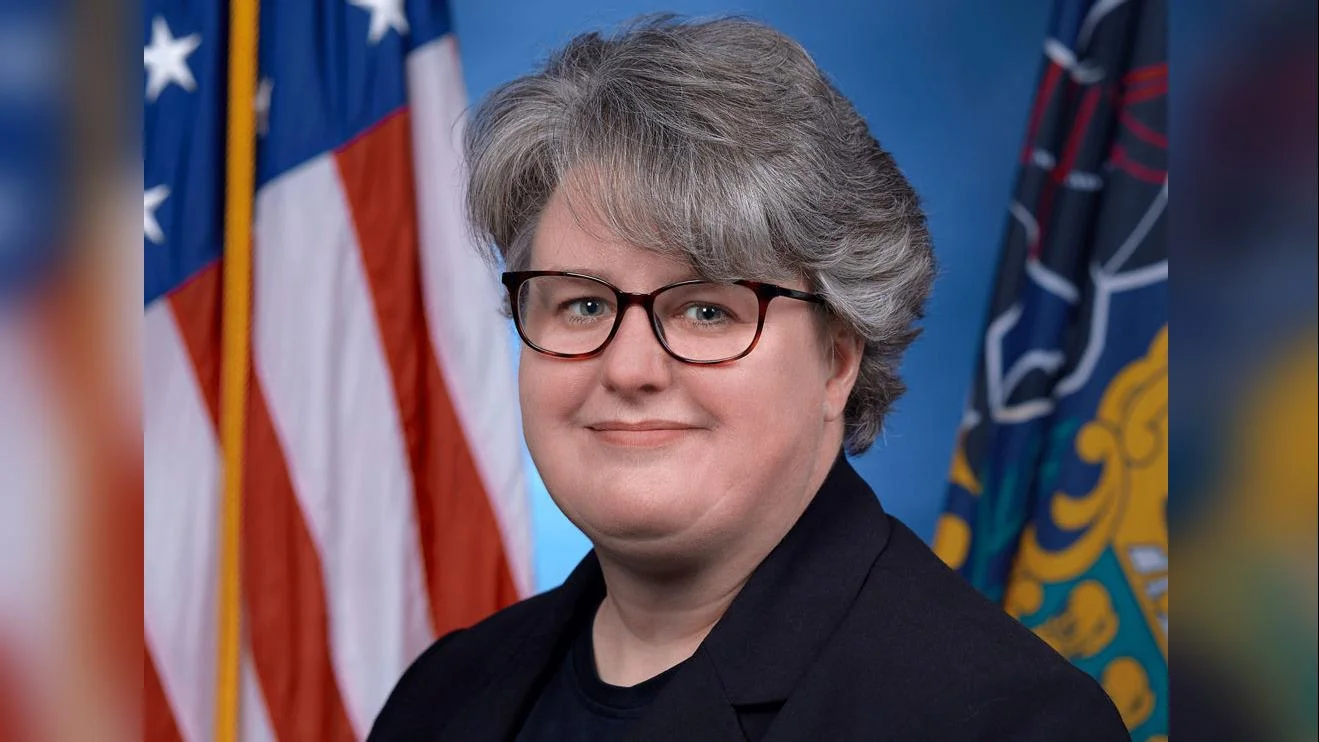
Rebecca Koenig Interim Senior Editorial Director | EdSurge Research
As generative artificial intelligence continues to make its way into classrooms, a new federal initiative could bring more of the technology’s infrastructure closer to schools. The Trump administration recently introduced “Winning the AI Race: America’s AI Action Plan,” which outlines 90 policy changes aimed at accelerating innovation and building AI infrastructure.
A central part of the plan is encouraging the rapid expansion of data centers—large buildings that house computer systems powering AI technologies. Virginia currently hosts about 35 percent of all known hyperscale data centers worldwide, earning it the title of “data center capital of the U.S.” As these facilities multiply across the country, their presence may increase in communities near schools, depending on local zoning rules.
Data centers are notable for their significant use of energy and water, as well as their substantial physical footprint. According to Joseph Carvalko, chairman of Yale University’s Technology and Ethics working group, these facilities can strain local resources. He notes concerns over draining reservoirs due to high water usage. Additionally, most data centers are constructed with concrete, contributing to carbon emissions.
Some communities have started to push back against proposed data center developments. In Louisa County, Virginia, residents voiced opposition to a planned Amazon Web Services facility spanning 7.2 million square feet over worries about impacts on drinking water and rural land.
“We’re letting or even entertaining the idea of a billion dollar corporation coming around and messing with our drinking water. I think it’s pretty humiliating,” Louisa resident Brittany Carroll said in an interview with The Virginia Mercury.
Andrew Chien, professor of computer science at the University of Chicago, says that while building data centers next to schools does not pose issues unique only to those institutions, such projects raise broader community concerns about increased power and water consumption.
“There is increased power use and water use; generally that’s a regional issue,” Chien says.
Chien and Carvalko both suggest smaller towns may be particularly vulnerable because they might lack strong zoning laws or resources to negotiate with large corporations seeking tax breaks or incentives.
“Smaller communities are particularly vulnerable in my own opinion for good reason,” Carvalko says. “Having worked in corporations my entire life, corporations will take advantage of a small community, because they realize it'll be easier to get through them versus larger communities. They'll give them tax breaks and incentivize them, but they can't fix the environment.”
Despite claims by companies that data centers create jobs locally, research indicates job creation is often minimal and short-lived. A Stanford University Bill Lane Center report highlights cases where local officials granted significant tax breaks without seeing lasting employment benefits.
“The problem with data centers is they have a non-local benefit,” Chien says. “Normally, with a factory, you get jobs and investments in the community. But this serves AI and computation with people far away. And I think some communities will decide they had enough of it.”
With federal support behind continued expansion efforts from AI companies, Chien expects growth will continue: “The question is, ‘How much computing do you think we can use?’ and the answer is infinite,” he says. “So it’s about where it's going to be, and how to do it safely and cleanly.”
There are ongoing attempts to make data centers more sustainable. Harvard engineering students recently developed tools aimed at helping developers choose environmentally friendlier sites or upgrade existing locations using cleaner technologies. Carvalko points out there is also movement toward smaller edge data centers that occupy less space—a shift he believes could make these facilities more accepted within communities.
“That would probably be more accepted and more sustainable,” he says. “Eventually I think they will find their own market and be part of this system of data centers and perhaps a good part of it.”
For students attending school near future data center sites, there may also be an educational benefit through exposure to technology careers.
“It might be inspiring; if they made it attractive, it could inspire kids to work on AI and tech,” Chien says.






 Alerts Sign-up
Alerts Sign-up